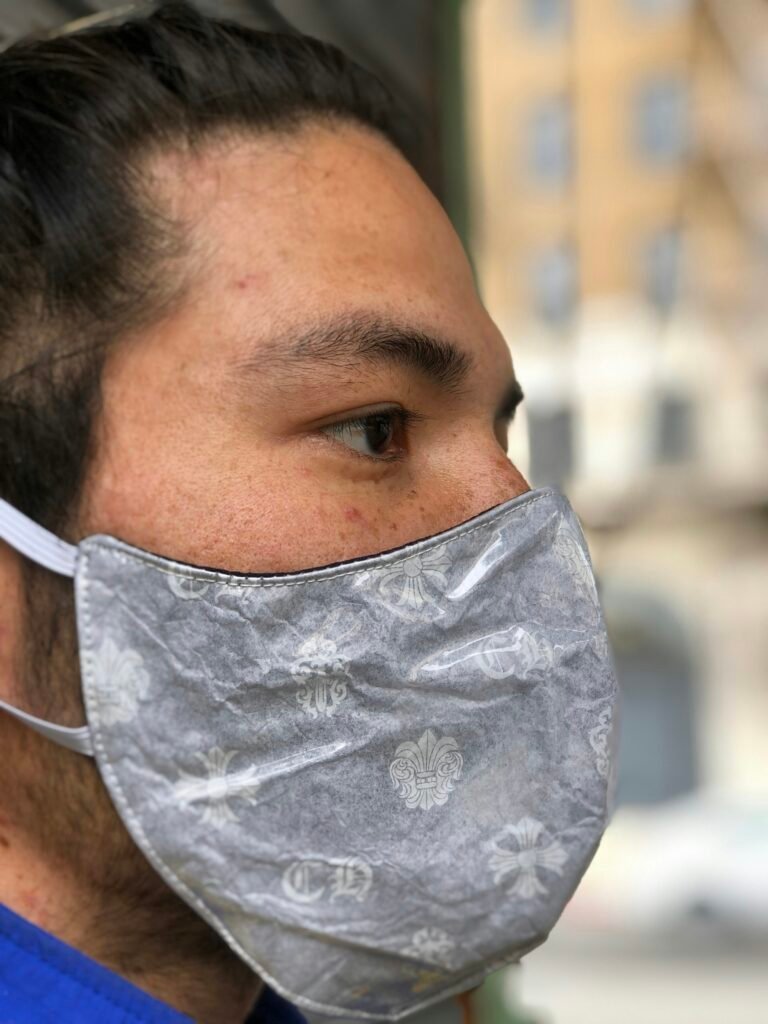Welcome to the ultimate guide on how to maintain the quality of your beloved socks. In this article, you will discover practical tips and tricks for dealing with the inevitable wear and tear that comes with owning high-quality socks. Learn how to extend the life of your favorite pairs and keep them looking and feeling like new for as long as possible. From proper washing techniques to repairs and storage solutions, you will soon be a sock maintenance expert. Say goodbye to socks with holes and hello to a long-lasting sock collection that you can be proud of. Let’s dive in and keep those toes cozy and stylish! Have you ever found yourself frustrated with your favorite pair of socks wearing out too quickly?

This image is property of images.unsplash.com.
Understanding Wear and Tear in Socks
When you wear socks day in and day out, it’s inevitable that they will eventually start to show signs of wear and tear. This can manifest in holes forming at the toes or heels, the fabric thinning out, or the elastic losing its stretch. Understanding why this happens can help you take steps to prevent it.
Types of Wear and Tear
There are several factors that can contribute to wear and tear in socks. The type of fabric, the construction of the sock, how often you wear them, and how you care for them all play a role in determining their lifespan. By identifying the specific type of wear and tear your socks are experiencing, you can take targeted action to address it.
Fabric
The type of fabric your socks are made of can have a big impact on how quickly they wear out. Natural fibers like cotton are soft and breathable, but tend to wear out faster than synthetic materials. Wool, on the other hand, is durable and offers natural moisture-wicking properties. Understanding the strengths and weaknesses of each type of fabric can help you choose socks that are more resilient to wear and tear.
Construction
The way a sock is constructed can also affect its durability. Socks with reinforced toes and heels are less likely to develop holes in these common problem areas. Seamless socks are also less prone to fraying and rubbing, which can lead to premature wear. When shopping for socks, pay attention to the construction details to ensure you’re getting a high-quality product that will last.
Preventing Wear and Tear
While some wear and tear in socks is inevitable, there are steps you can take to extend their lifespan and keep them in good condition for longer. By following these simple tips, you can help maintain the quality of your socks and get more wear out of them.
Rotate Your Socks
One of the best ways to prevent wear and tear in your socks is to rotate them regularly. Wearing the same pair of socks day after day puts extra strain on the fabric and elastic, leading to faster deterioration. By rotating between several pairs of socks throughout the week, you give each pair time to recover and bounce back from being worn.
Wash with Care
How you wash your socks can also have a big impact on their lifespan. Always follow the care instructions on the tag to avoid damaging the fabric or stretching out the elastic. Washing your socks in cold water and avoiding high heat in the dryer can help maintain their shape and prevent shrinkage. For delicate or wool socks, consider hand-washing to prolong their lifespan.
Store Properly
Proper storage can help prevent unnecessary wear and tear on your socks. Avoid cramming them into a drawer or leaving them bunched up in a ball, as this can cause stretching and deformation. Instead, roll your socks neatly and store them in a drawer or organizer to keep them in good condition. This simple step can help maintain their shape and elasticity over time.
Repairing Wear and Tear
Even with the best care, socks can still develop holes or show signs of wear over time. Instead of throwing them away, consider repairing them to extend their lifespan and get more use out of them. With a few simple tools and techniques, you can mend your socks and keep them in good condition for longer.
Darning
Darning is a classic method of repairing holes in socks that involves weaving new thread over the damaged area to create a patch. While it may seem intimidating at first, darning is a simple and effective way to fix small holes and prevent them from getting bigger. With a darning needle and some matching thread, you can easily repair your favorite socks and keep them in rotation.
Patching
For larger holes or areas of significant wear, patching may be a better solution. This involves cutting a small piece of fabric or material to cover the damaged area and sewing it in place to reinforce the sock. While patching may be more visible than darning, it can be a practical way to salvage socks that are otherwise in good condition. With a little bit of creativity, you can turn a worn-out pair of socks into a unique and personalized creation.

This image is property of images.unsplash.com.
Conclusion
By understanding the causes of wear and tear in socks, taking preventative measures to extend their lifespan, and knowing how to repair damage when it occurs, you can keep your favorite pairs in rotation for longer. Whether you prefer cozy wool socks or lightweight athletic socks, with a little care and attention, you can maintain the quality of your socks and enjoy them for years to come. Next time you notice a hole or worn spot in your socks, don’t despair – get out your darning needle or patching supplies and give your socks a new lease on life.
